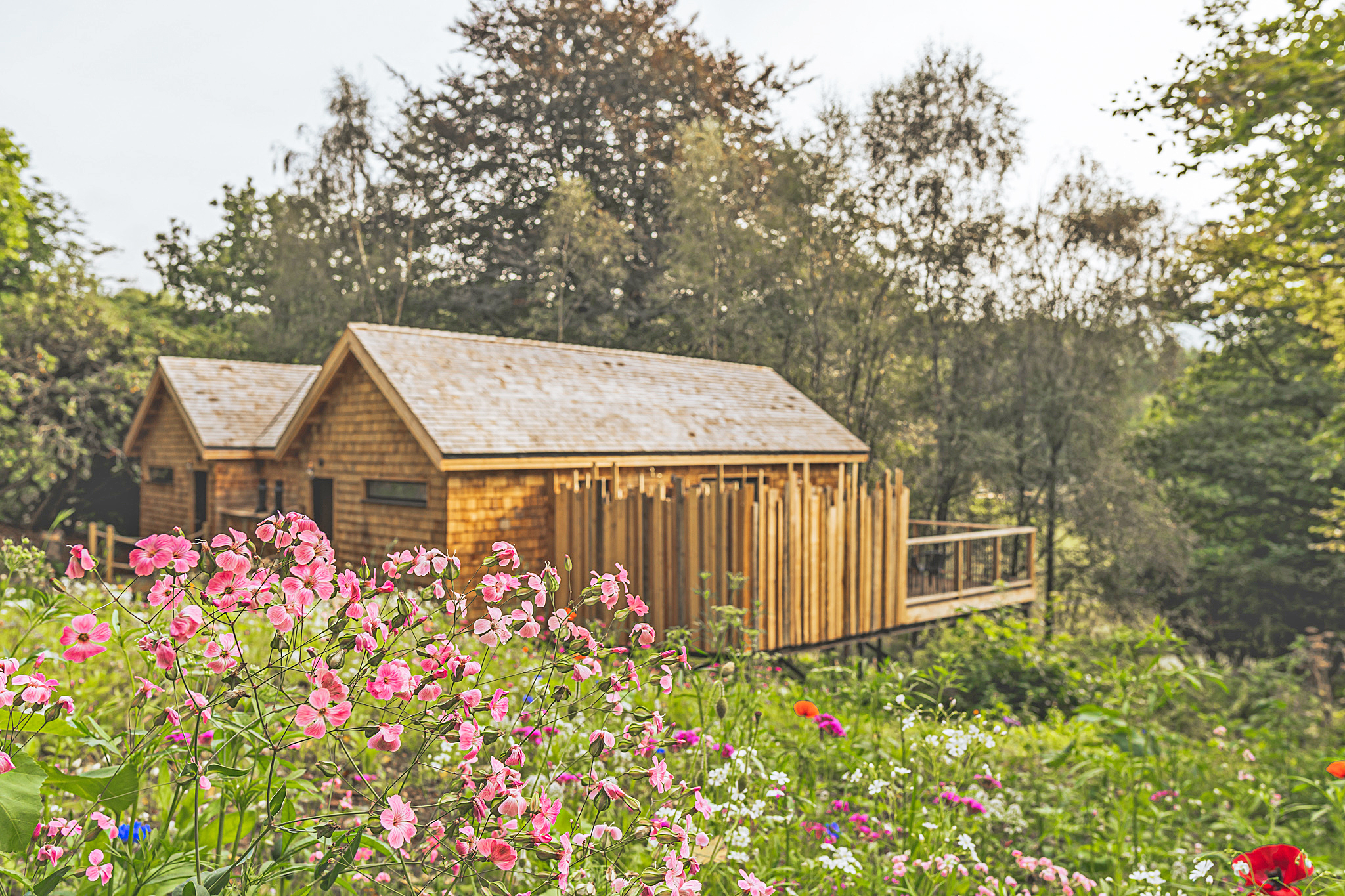

It's not easy to control garden pests and if you find yourself in an ongoing battle with slugs, aphids and other critters intent on eating your plants, it can be tempting to reach for bottles of pesticides. After all, if you have spent months raising plants from seed, and nurturing them through their sapling days only to see them obliterated overnight, the frustration can encourage drastic means.
However, the idea of dousing your plants – especially anything you intend to eat – in toxic chemicals doesn't sit well with those looking for more earth-friendly, organic gardening methods. And rightly so. Pesticides rarely only kill the thing you wanted them to and slug pellets were in fact banned in the UK earlier this year, due to posing an unnecessary risk to birds and mammals like hedgehogs. Other pesticides also harm valuable pollinators like bees whose absence would mean many plants wouldn't grow at all.
So what can those looking for non-toxic pest control solutions do to get the most from their plot, without causing more harm than good?
We asked Jonathan Race, head gardener at The Tawny Hotel, how he manages the gardens in this luxury setting without resorting to toxic chemicals. Race, who has worked on The Highline in New York, Longwood Gardens in Pennsylvania and a number of hotel gardens shares his top tips for living harmoniously with every creature in your garden. And if the 70-acre grounds under his care are anything to go by, it is a method that certainly works, with beautiful results.
'I've not used insecticide, or even slug pellets, in a garden for years – there really is no need. We certainly won't be using any at The Tawny,' says Race.
Here, Race shares five ways to foster a more harmonious relationship with your garden visitors. Find out how his more laid-back approach to pest control results in cleaner, and perhaps even lower maintenance gardening.

Previously an actor, Jonathan retrained as a gardener, nurturing his passion for horticulture. While studying for his RHS diploma, he woked for a plant nursery before going on to attend the Historic and Botanic Gardens Training Programme at Trentham Gardens in Staffordshire. He has since worked on The Highline in New York, Longwood Gardens in Pennsylvania and was also head gardener at Fischer's Baslow Hall, before taking on his role at The Tawny where he is implementing his top tricks for making sustainability the heart of every garden.
1. Encourage wildlife and natural predators
'This is the best way to control pests,' says Race. In fact, taking advantage of the food chain not only means some exciting garden visitors get dinner, but also could keep your favorite plants free from anything that wants to obliterate them.
So how do you attract wildlife to your outdoor space? Race explains that it is all about creating the right habitat and providing a source of food and water.
Food should be covered if you are being blighted by pests, in fact, Race explains that actively feeding things like birds too much shouldn't be necessary – especially in the warmer months.
'This one might ruffle a few feathers I know, but if you have created a garden where there is a diversity in wildlife, then most of the year birds shouldn't need too much help.' He continues, 'By all means in winter put out some bird feeders to help them out when food is scarcer. But in spring and summer, you want the birdlife to pick off the caterpillars and the aphids and the slugs'.
Also think about flowers and herbaceous perennials that will bring seed-feeding birds and foraging insects into your borders – there are certain flowers that are particularly good at attracting wildlife. Leave the seedheads over winter to continue bringing in hungry predators. Race recommends planting echinacea: 'the seedheads are a magnet for goldfinches.'
He also suggests building a pond to provide water for birds and a home for slug-munching amphibians. If you have a small garden, just a bucket or old sink filled with water will quickly take on residents.
Finally, consider adding a log pile to your wildlife-friendly garden. They are aesthetically beautiful and a great place for solitary bees, frogs and even small birds.
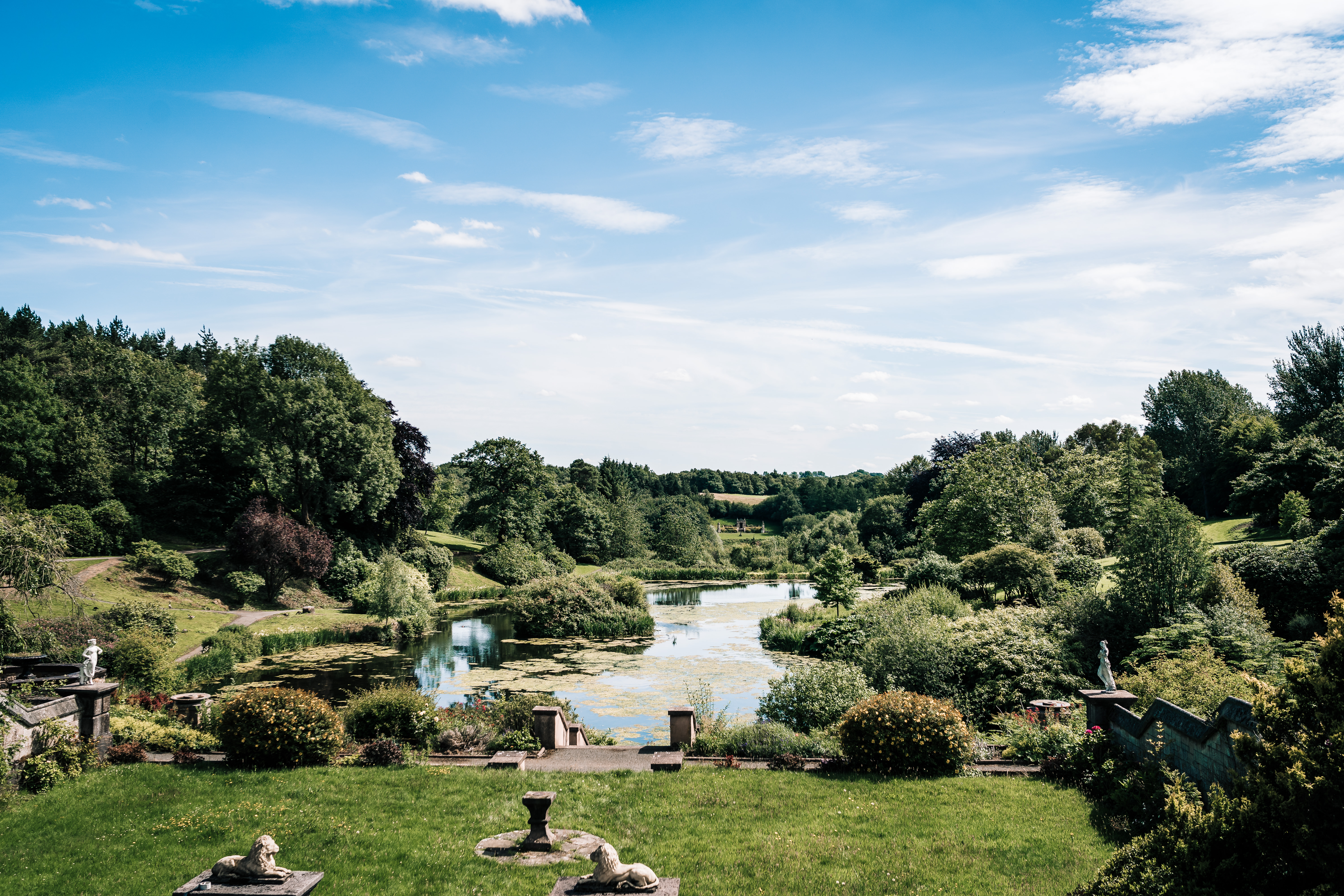
There are several bodies of water in the grounds of The Tawny, creating a great habitat for amphibians but also waterborne insects that prey on pests
2. Figure out what is encouraging the pests
As Race says, one of the biggest mistakes people make is by giving pests what they want. After all, they are just striving to survive, so if you can work out what is encouraging a particular pest, you can eliminate that to make them less incentivized to visit.
'If you don't want pigeons eating your lettuce, then don't give them that peanut bird feeder. If you don't want those tiny slugs (the big ones are okay) wiping out your seedlings, don't give them a pile of undisturbed plastic pots behind the shed to hide in!' explains Race.
Just as we want to create habitats that our welcome visitors can flourish in, avoid what might be a haven for pests and you will halve your battles.
3. Pick plants with the best chances of survival
This is not what some gardeners will want to hear, but if you have recurrent problems with pests, it might be time to rethink what you are growing. 'Strong healthy plants will do a lot of the work for you, so choose plants that will do well in your garden and their own defenses will kick in.' suggests Race.
'Some cultivars within edibles have been bred to have stronger resistance to pest and diseases, so choose these,' he continues.
'Get to know what lives in your garden and plant accordingly; if you have a healthy population of slugs and snails, rather than trying to get rid of them, just don't grow hostas!'
Race also uses an example from The Tawny of their own rabbit 'problem', saying how with trial and error they have learned what they like and where they feel undisturbed, dictating what they grow and where they grow it. So, it is all about giving your plants the best chances of survival from the off, rather than trying to get them to flourish in conditions they are destined to fail in. Learn a little bit about what plants are suited to your locale and let nature do the rest.
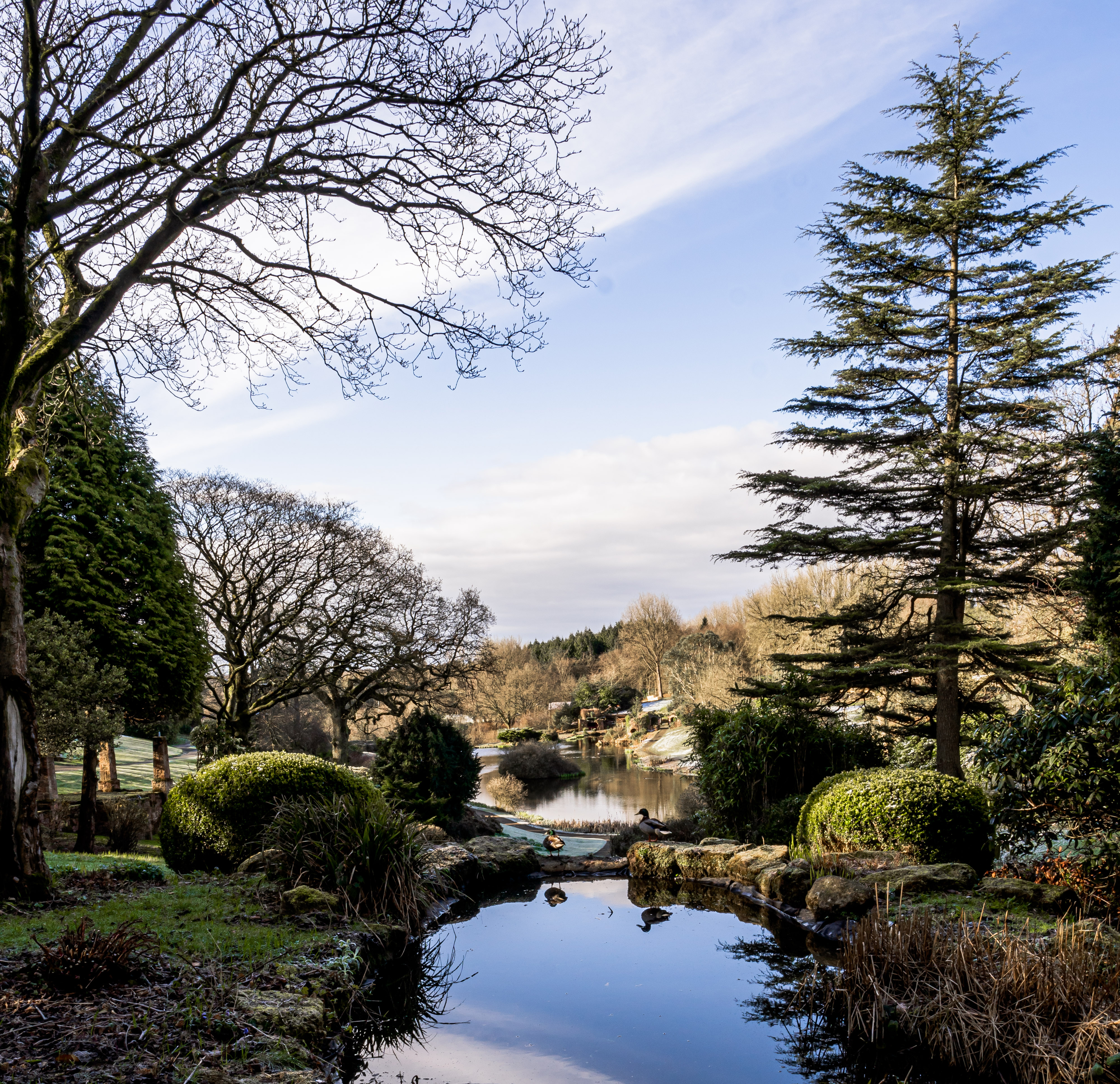
Gardeners at The Tawny Hotel have taken time to learn about the habitats their gardens create for wildlife, and what will flourish in these conditions
4. Buy 'biological controls'
While we don't want to imbalance the eco-system, if you are greenhouse gardening, or growing under cover, you may want to introduce some predators to help protect your plants. Unlike out in the open, birds and insects won't have easy access to do their part in picking off pests, so if you have a slug issue in your greenhouse, buy some nematodes from Amazon to easily and naturally kill them off. Or if aphids are chomping on your saplings, source some native ladybirds to chomp them in turn.
Hiring in some predators is much safer for you, the planet and your pets than resorting to nasty chemicals.

The swimming pool at The Tawny is one of the more formal areas of the grounds
5. Learn more about integrated pest management
This rather technical-sounding practice can actually lead to lower maintenance and less stressful gardening. It is basically all about harnessing the power of the local eco-system to grow plants and crops that suit the environment, and encouraging healthy pest control in the most natural ways possible – as outlined above.
As Race says, 'More generally, we need to rethink our gardens as a place we share wildlife with, rather than an outdoor room we have complete control over. But remember, most wildlife will actually help us out.'
Those wanting to find out all about non-toxic pest management and other sustainable gardening methods can join Jonathan for tours of the gardens at The Tawny.
Learn about pest control mistakes to avoid bug bloopers.
Join our newsletter
Get small space home decor ideas, celeb inspiration, DIY tips and more, straight to your inbox!

Lindsey is Editor of Realhomes.com and Editor in Chief for Home Ecommerce at Future. She is here to give you aspirational, yet attainable ideas for your home and works with her team to help you get the best buys, too. She has written about homes and interiors for the best part of a decade for brands including Homes & Gardens, Ideal Home and Gardeningetc and isn't afraid to take the inspiration she finds at work into her own space – a Victorian terrace which she has been (slowly) remodelling for the last eight years. She is happiest sipping a cup of tea with a cat on her lap (if only she had a cat).
-
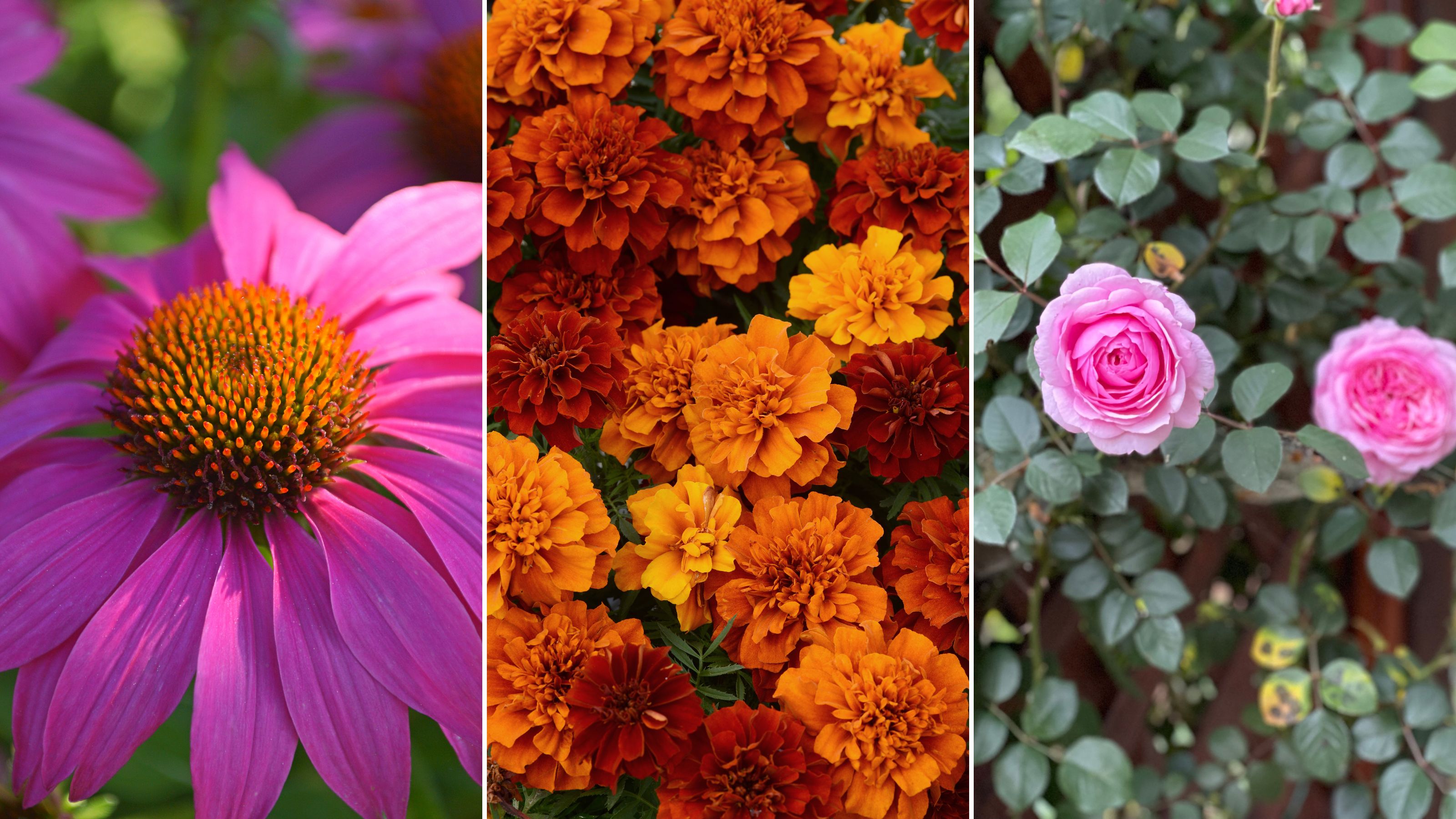 The 7 flowers to plant in August, according to gardening gurus
The 7 flowers to plant in August, according to gardening gurusKnowing what flowers to plant in August isn't always so clear-cut. But that's why we called in help from pro planters — here's what they said to pot.
By Becks Shepherd Published
-
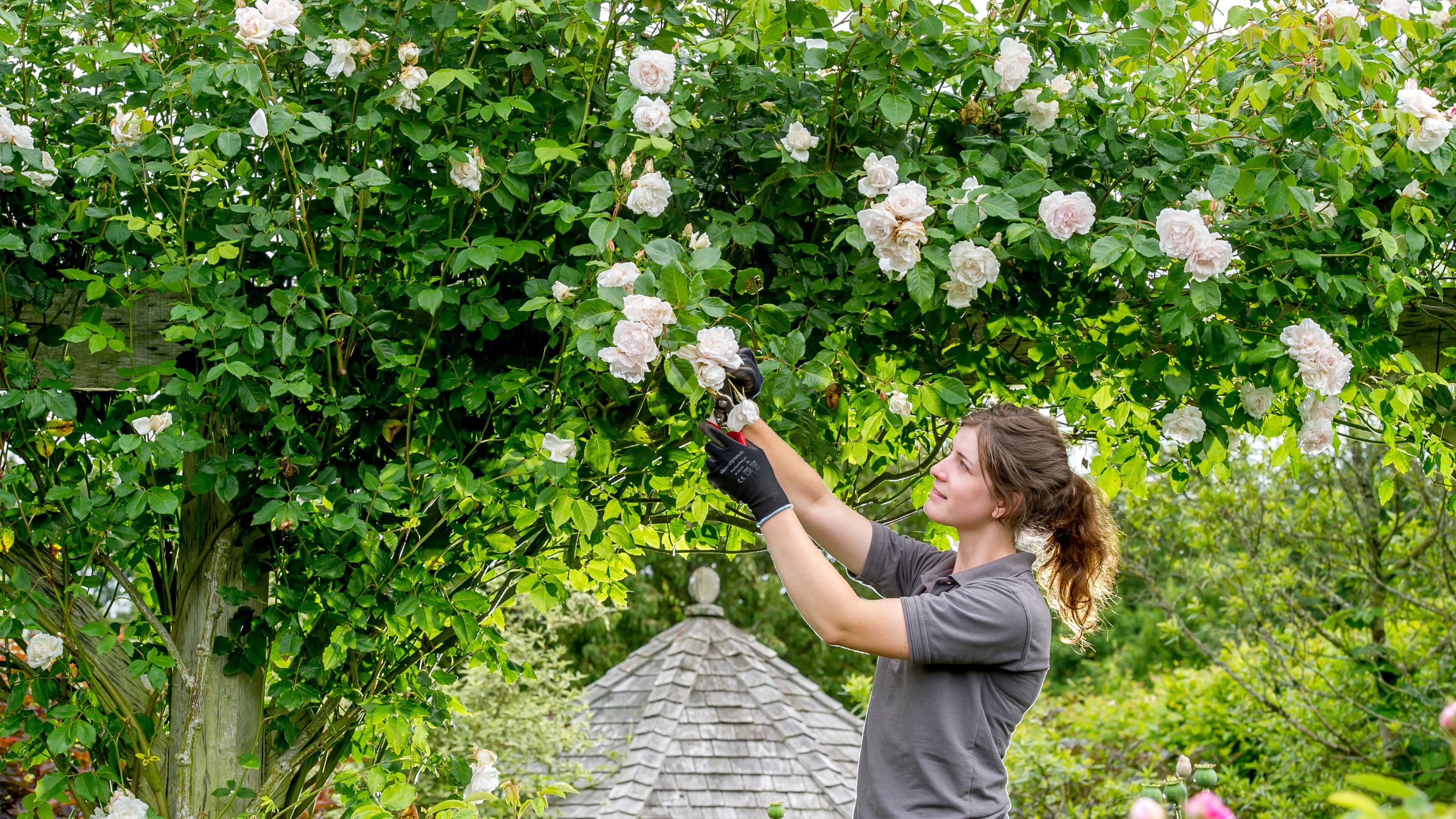 The 7 plants to prune in August — and the 2 pieces of greenery you shouldn't touch
The 7 plants to prune in August — and the 2 pieces of greenery you shouldn't touchWondering what plants to prune in August? We asked a gardening expert for their top tips plus info on what pieces of greenery to avoid pruning this month
By Becks Shepherd Published
-
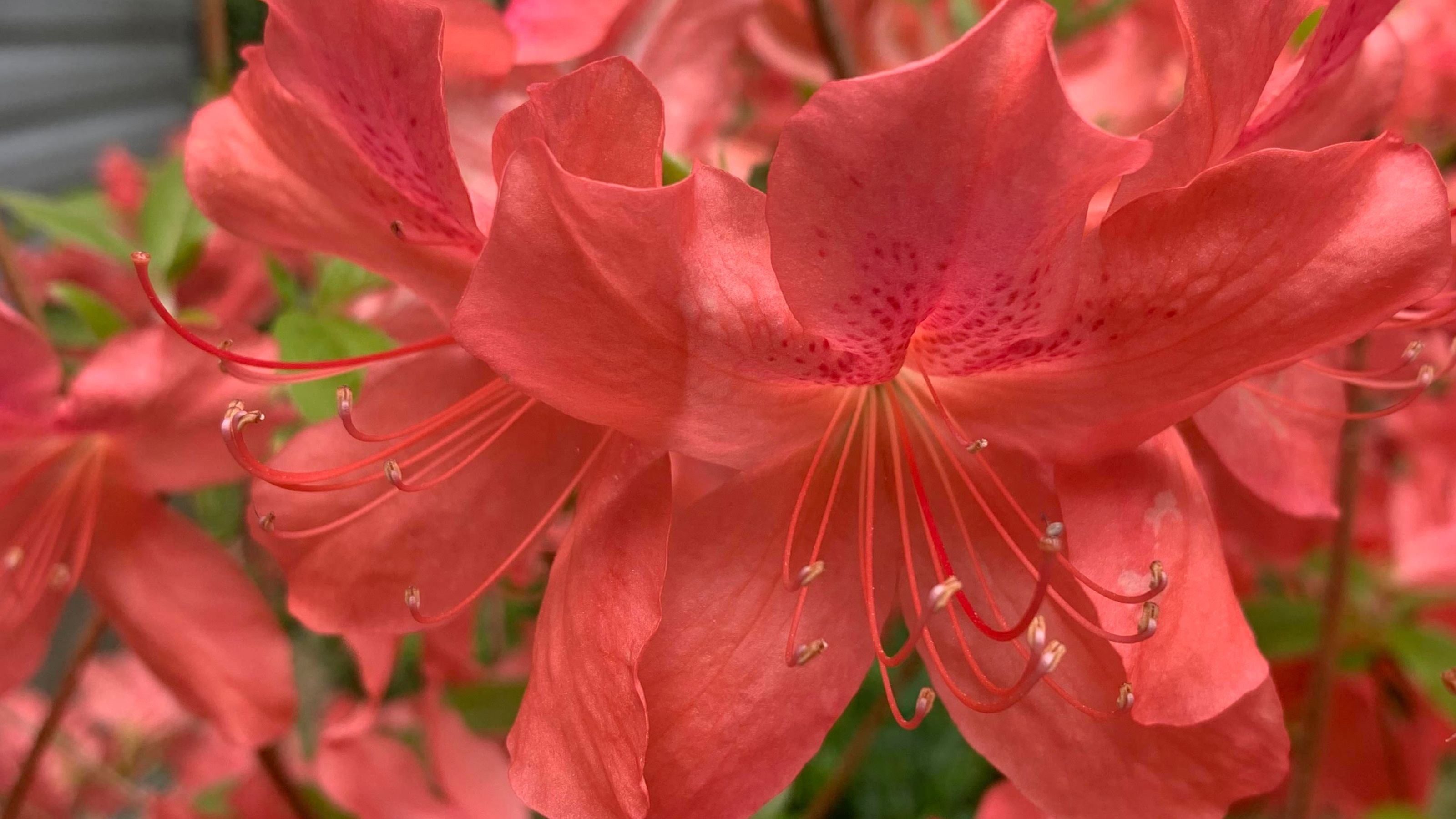 Do you need to deadhead azaleas? Top tips for pruning these flowering shrubs
Do you need to deadhead azaleas? Top tips for pruning these flowering shrubsWondering whether you need to deadhead azaleas? We asked a gardening expert for their top tips for looking after these blooms
By Becks Shepherd Published
-
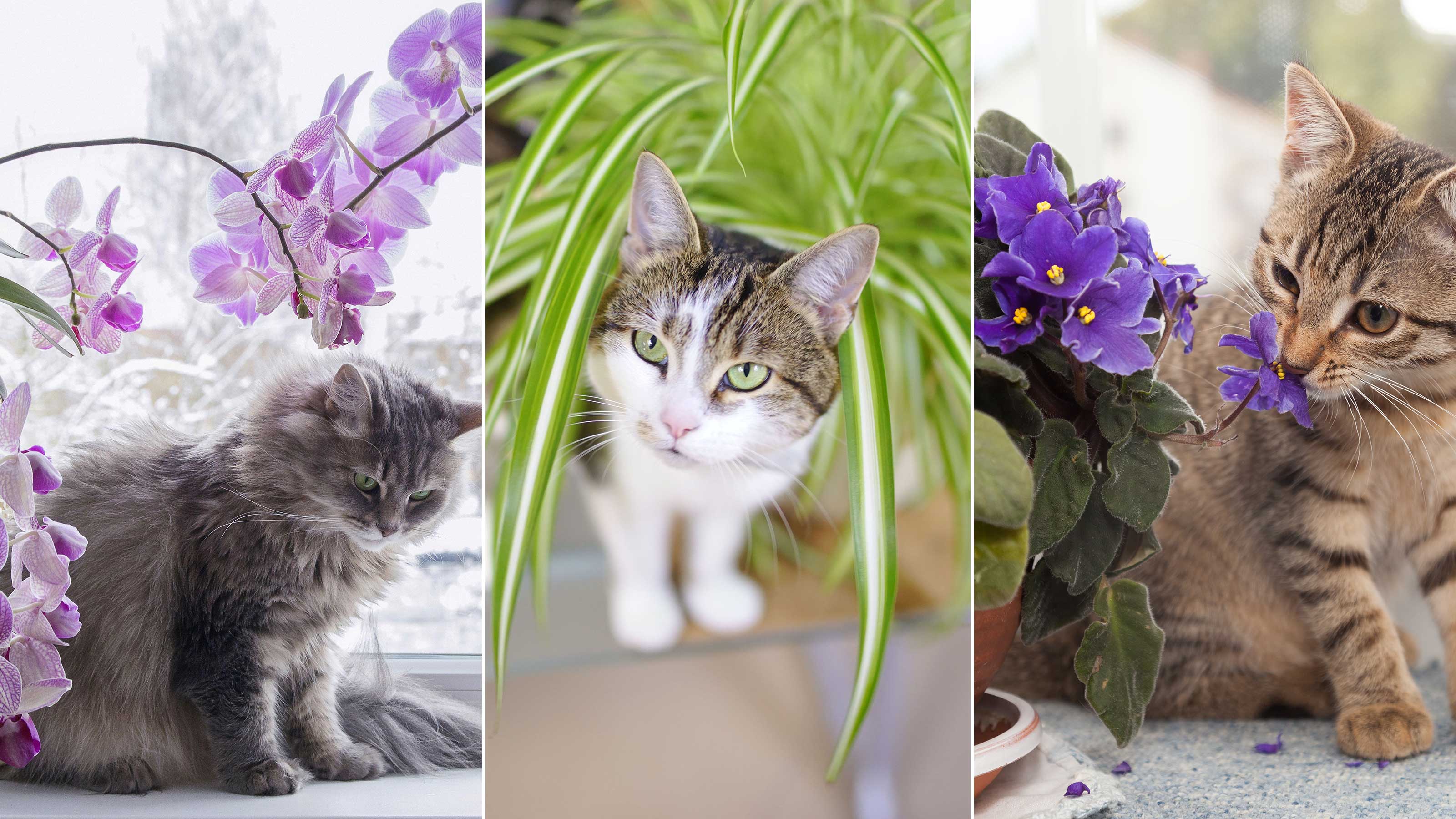 10 houseplants that are not toxic to cats — plus expert advice on keeping your pets safe
10 houseplants that are not toxic to cats — plus expert advice on keeping your pets safeKeep your four-legged companion safe by choosing these houseplants that are not toxic to cats, and learning the dangers of those that are, according to veterinary experts
By Holly Crossley Published
-
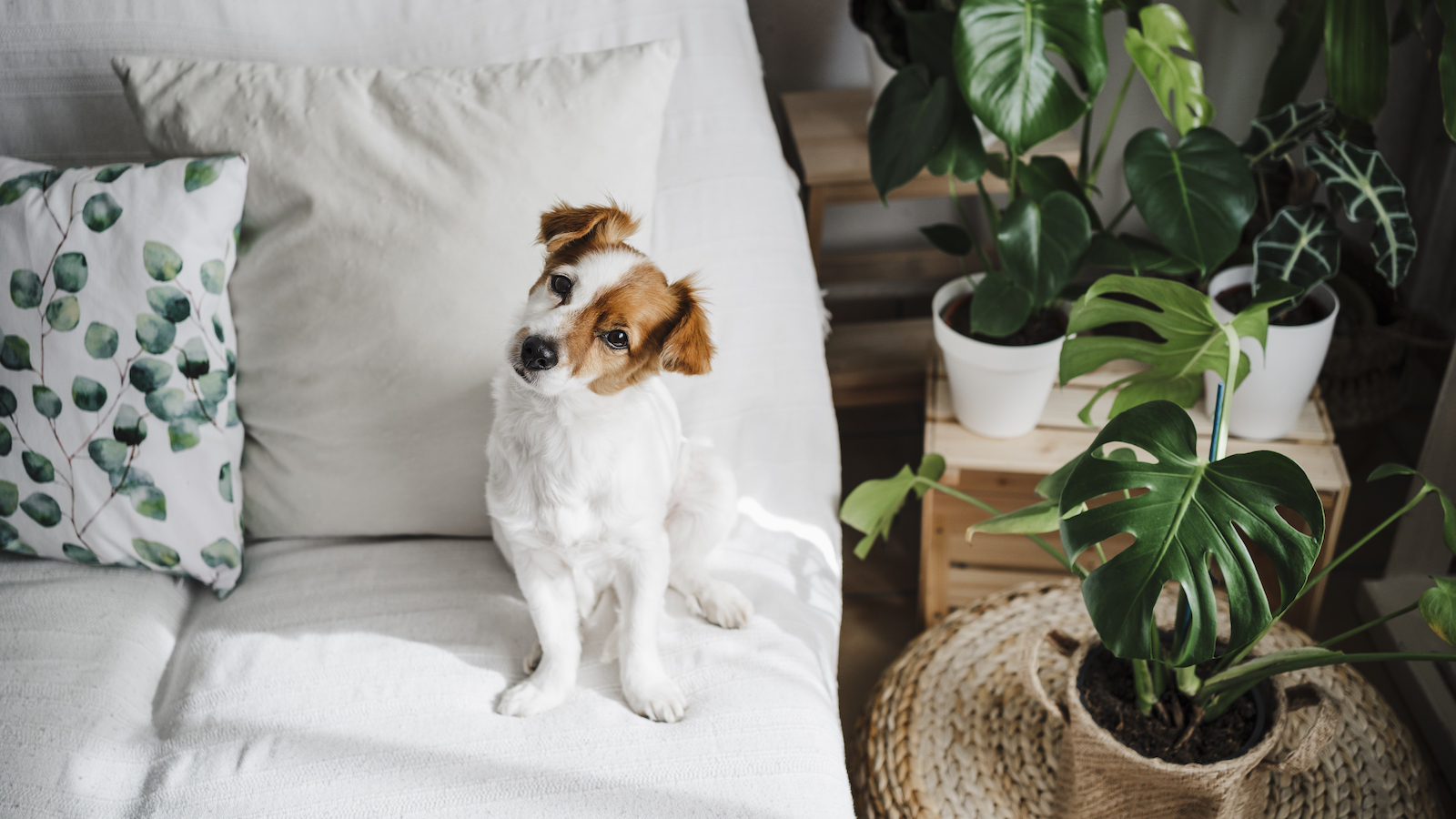 Which houseplants are toxic to dogs? Vet experts pinpoint problem plants and solutions
Which houseplants are toxic to dogs? Vet experts pinpoint problem plants and solutionsWondering Which houseplants are toxic to dogs? We spoke to vets about the problematic leafy greens, what they trigger in dogs, and how to find a solution
By Danielle Valente Published
-
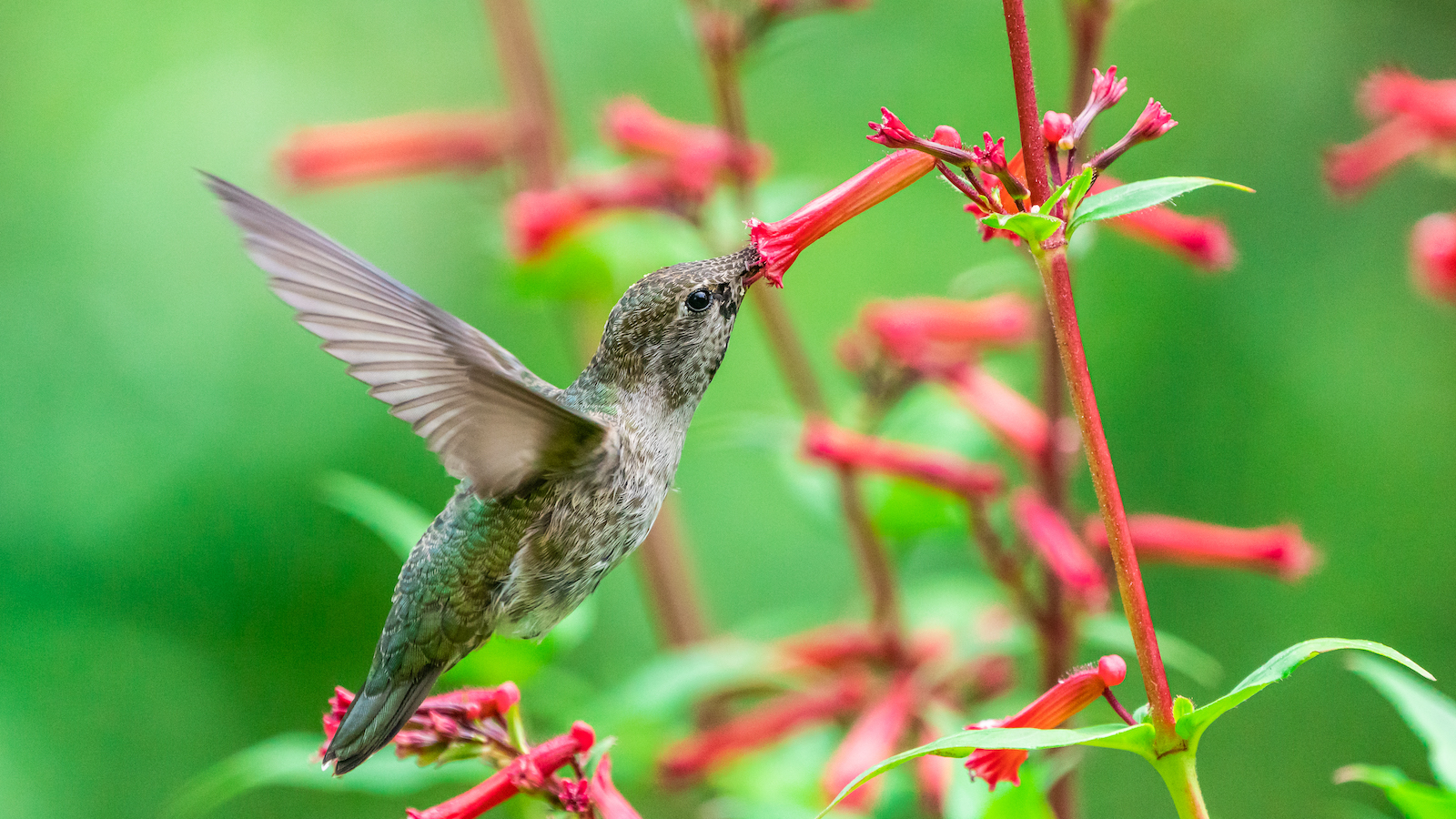 How to attract hummingbirds to your backyard, according to ornithologists
How to attract hummingbirds to your backyard, according to ornithologistsTrying to figure out How to attract hummingbirds to your backyard? These ornithologist-backed tips will guarantee you visitors in no time
By Danielle Valente Published
-
 Does hydrangea bloom every year? Pros spill the dirt on the "garden favorite" and when to expect it
Does hydrangea bloom every year? Pros spill the dirt on the "garden favorite" and when to expect itWondering, "Does hydrangea bloom every year"? We asked the pros all about the garden favorite and how often to expect them — here's the dirt.
By Danielle Valente Published
-
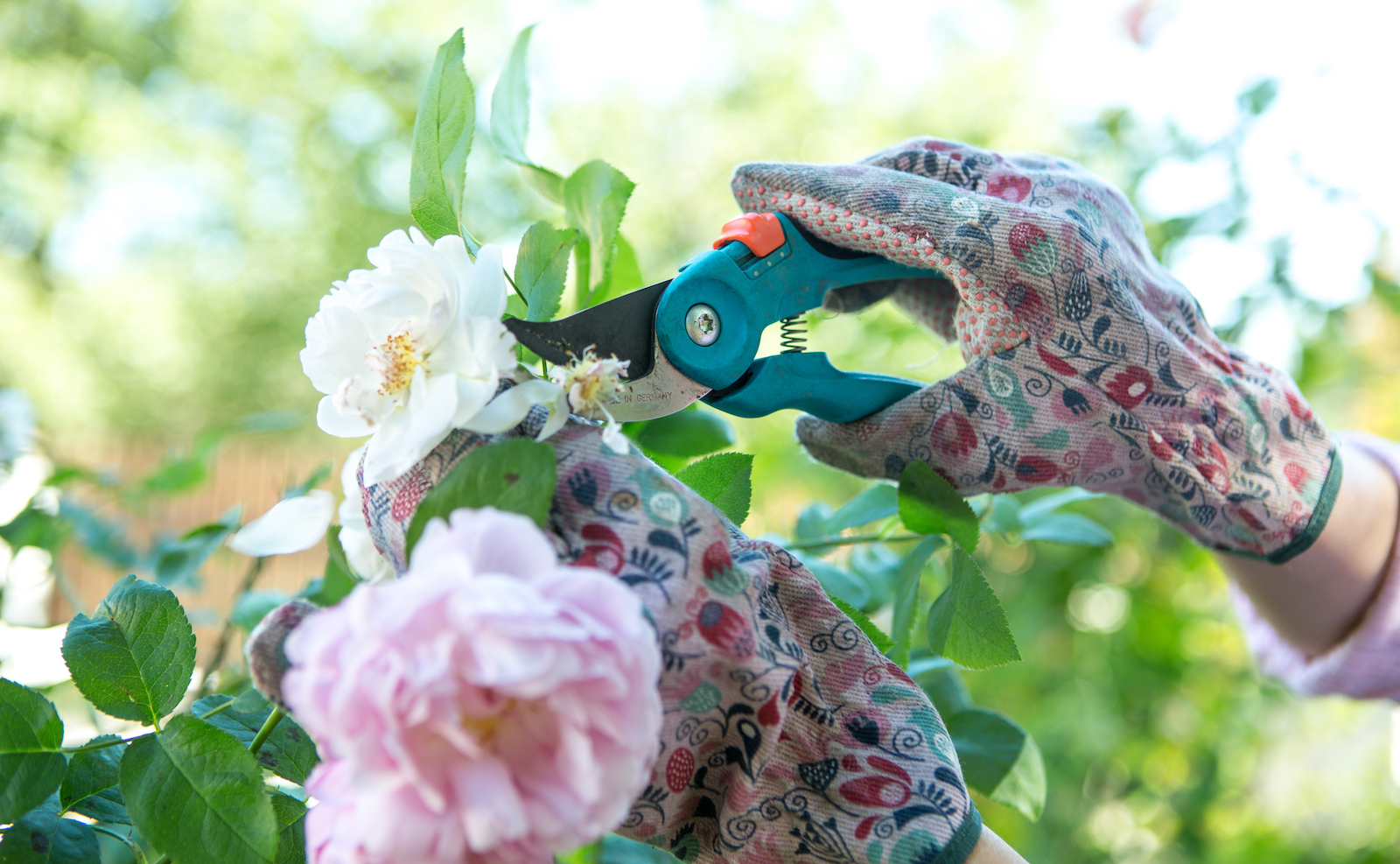 What to prune in spring — experts reveal how to get a lush, full garden
What to prune in spring — experts reveal how to get a lush, full gardenCurious what to prune in spring? We asked gardening experts for their top tips for a luscious, thriving garden
By Danielle Valente Published